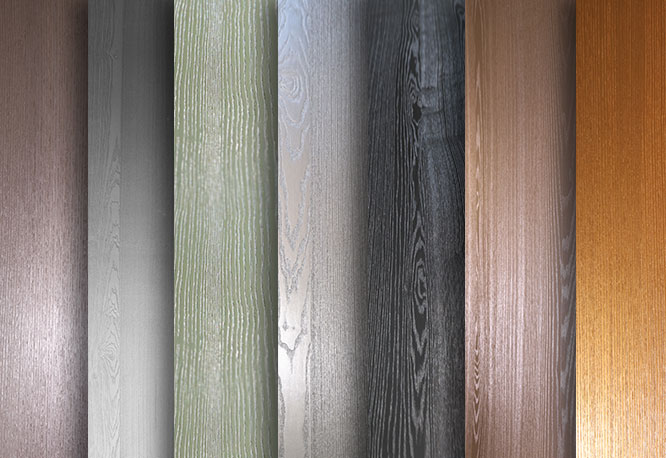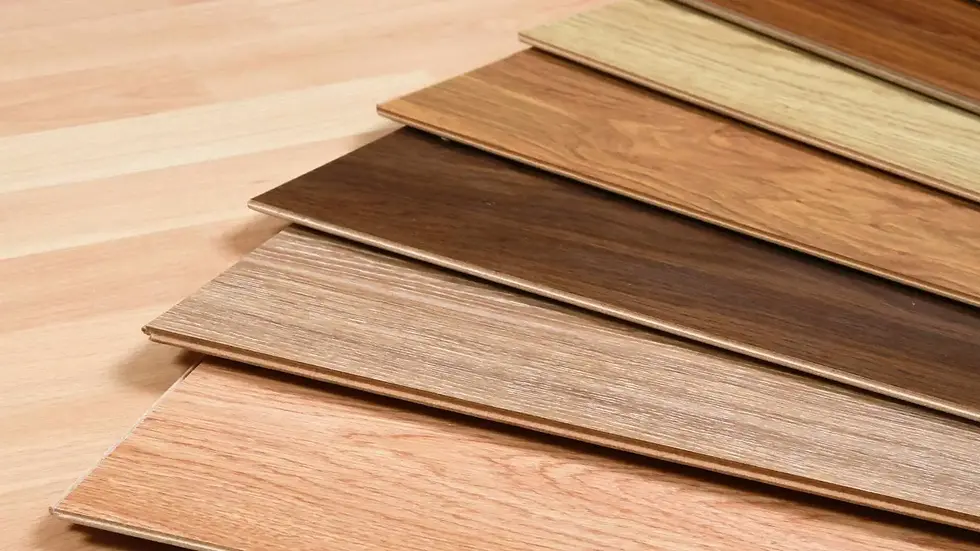Best Tools and Techniques for Applying Veneer Edge Banding
- JSO Wood Products Inc

- Mar 26
- 1 min read
Veneer edge banding is a great way to give furniture and wood panels a professional, finished look. Whether you're a DIY enthusiast or a professional woodworker, using the right tools and techniques ensures a smooth and durable finish.

Essential Tools for Applying Veneer Edge Banding
Edge Banding Trimmer – Helps trim excess banding for a clean edge.
Iron or Edge Banding Machine – Heats the adhesive to bond the veneer properly.
Roller or J-Roller – Ensures firm adhesion by pressing the banding onto the surface.
Utility Knife or Chisel – Trims the edges neatly and removes extra material.
Fine-Grit Sandpaper – Smooths rough edges for a polished finish.
Techniques for Perfect Veneer Edge Banding
Prepare the Surface – Clean the wood edge and ensure it is smooth and dry.
Cut the Banding – Trim the veneer slightly longer than the edge to allow for adjustments.
Apply Heat – Use an iron or heat gun to activate the adhesive on the back of the banding.
Press Firmly – Use a roller to ensure strong adhesion and remove air bubbles.
Trim Excess – Use a trimmer or knife to remove overhanging edges.
Sand the Edges – Lightly sand to smooth the corners and blend the banding with the surface.
Finish and Seal – Apply a clear coat or polish to enhance durability and appearance.
Final Thoughts
Applying veneer edge banding requires patience and the right tools. With these techniques, you can achieve a seamless and professional look for your furniture projects. Whether for home improvement or woodworking, mastering edge banding enhances the quality and durability of your creations.







Comments